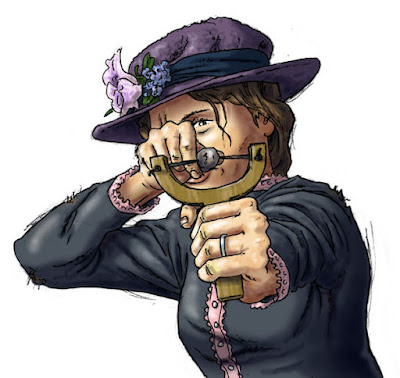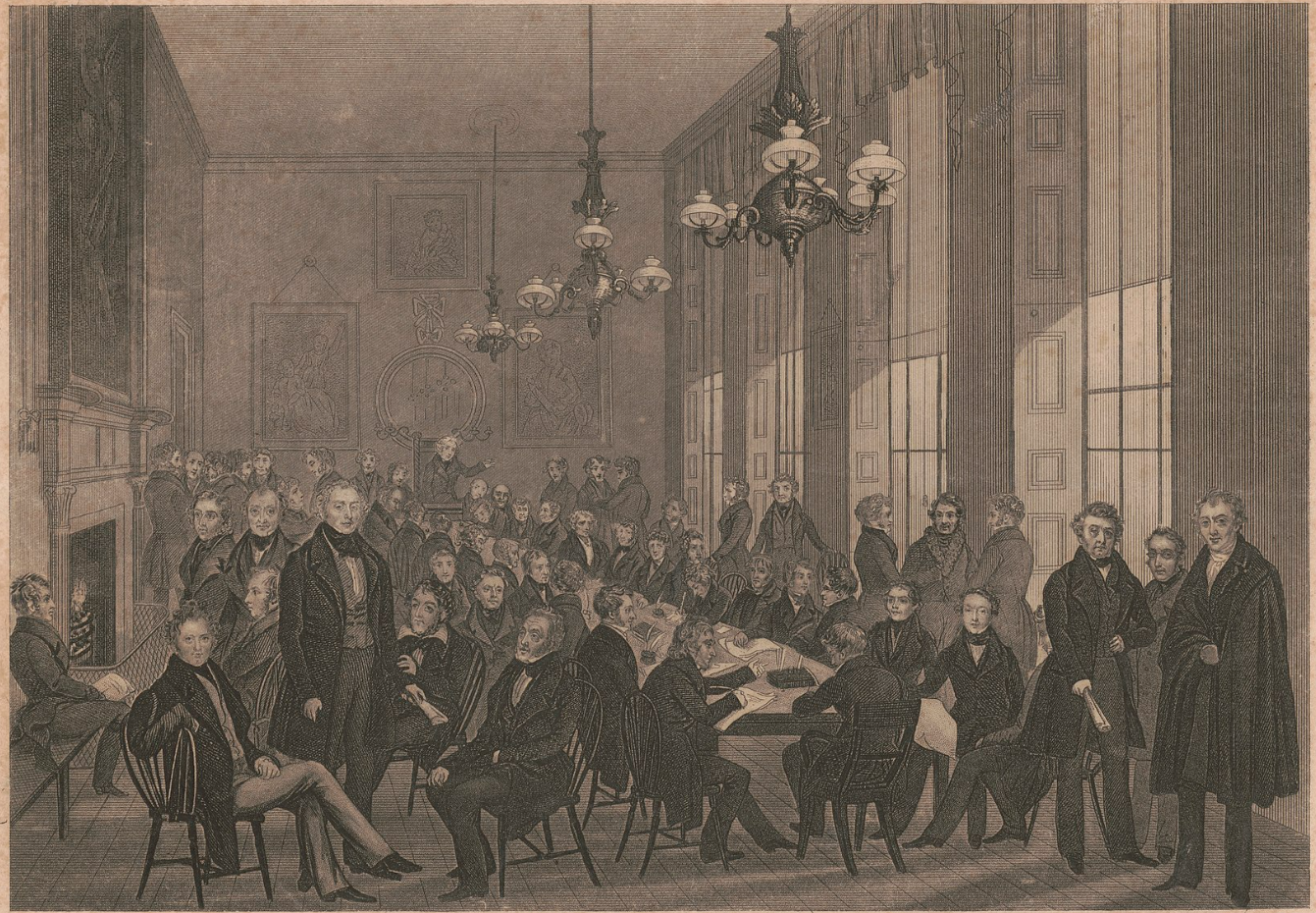If like me you were a fan of graphic artist Polyp’s graphic novels about Peterloo and Tom Paine, you will be delighted to know that he is currently working on a new project - and it includes Chartism.
COURAGE: Luddites - Peterloo - Chartists - Suffragettes is described as, ‘An intense verbatim account of the shockingly violent struggle for the UK vote. Told in the words of those who were there.’
A crowdfunder to make it all happen is open until Tuesday 7 May.
That doesn’t leave long for Polyp to hit his target, so please take a look and see if you can join me in backing it.
Those who can contribute stand to get a whole load of goodies depending on your level of support - all the way through from a copy of the book and your name printed in the backers’ list for a tenner, to two signed and dedicated copies, some original artwork and your name in the list for £100.
Check out the crowdfunder today.
Here’s a fantastic suffragette image from the new book.

